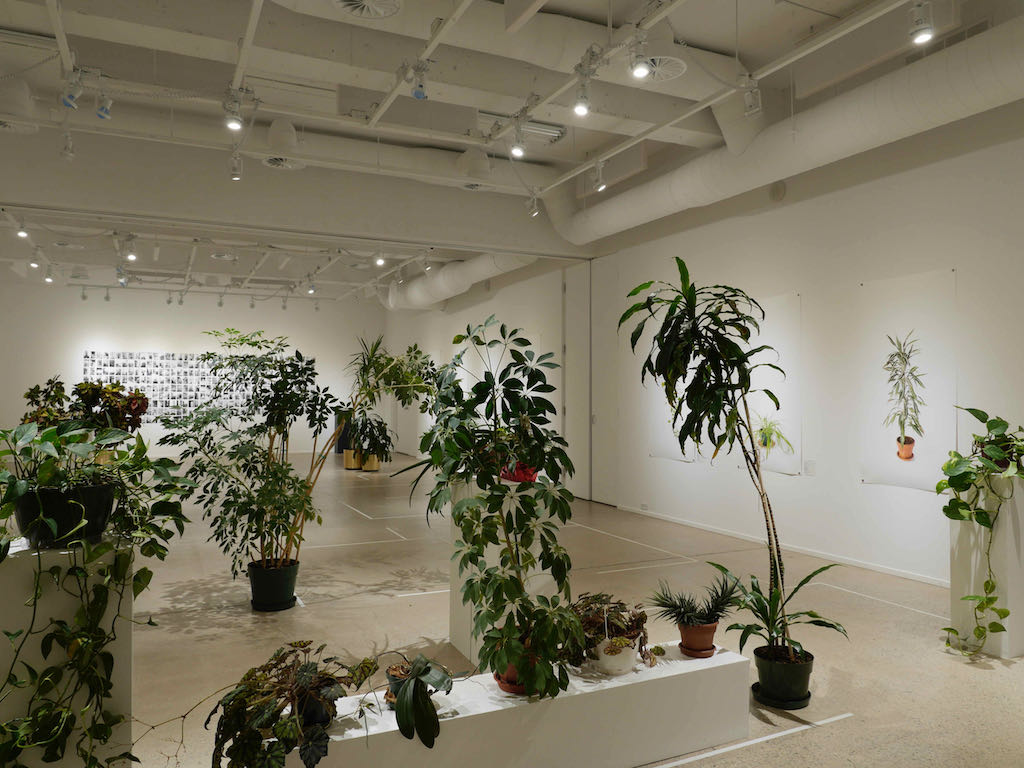Since 2014, Catherine Lescarbeau has been producing bio-critical conceptual works, under the name of a fictional horticultural service company called The Office Plant Department.
Based on a protocol borrowing from botanical methods, or horticultural consulting services, her approach questions our relationship to nature and the functioning of our institutions, artistic or academic.
While researching the archives of the National Gallery of Canada as part of her Master’s degree in Visual and Media Arts at UQAM, she noticed the discreet presence of houseplants in the installation Environment (1969) by the collective N.E. Thing Co. The artists Iain and Ingrid Baxter had installed the headquarters of a fictitious company on the first floor of the Museum, which was located on Elgin Street in Ottawa at the time. Their entire approach is based on one detail of this installation: a houseplant hidden behind a half-open door bearing the word “Plant”, which in English means a plant specimen, a factory or an energy plant. The polysemy of the term accentuates the ambiguous scope of her artistic gesture, as she reflects on what a plant department could be dedicated to in the context of the activities of a commercial enterprise or a large organization. She enlists the expertise of botanist François Lambert to identify by scientific name the specimens she lists throughout her projects, modelling the methods of observation of biology, applied to different institutional contexts.
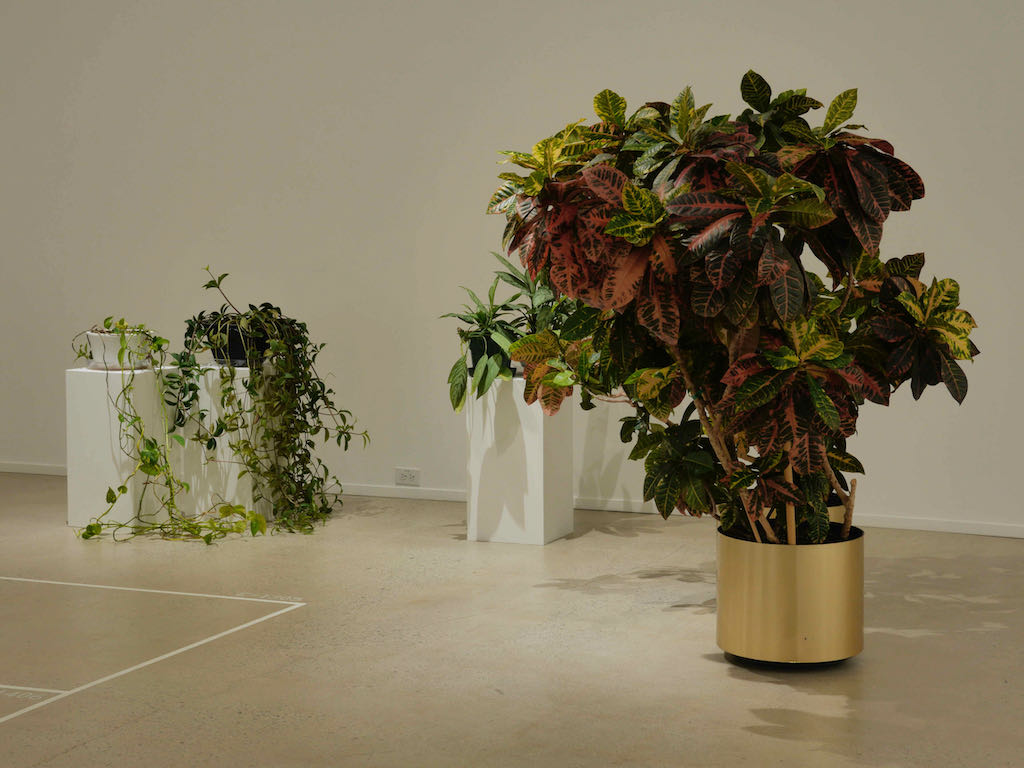
With her department of office plants, Catherine Lescarbeau underlines the purely decorative functions of plants and their accessory, even derisory status. This position confines them to a relative invisibility. Deliberately placed in the foreground in the context of exhibitions, plants participate in a reversal of the situation by revealing the very organization of the institutions that host them, the fragmentation and standardization of activities according to location and the optimal management of space according to specific functions. Thus, the individualized layout of the offices at the UQO’s Finance Department and the anonymity of the public areas at Concordia separate those who provide services from those who receive them within these institutions. They are examples of principles that humans have adopted to frame their way of life, most often internal, and that characterize their biome within an ecosystem that modulates their relationships with their peers and with the living.
University plants
In 2016, at the invitation of curator Marie-Hélène Leblanc, she conducted an exhaustive inventory of the plants found in the Alexandre-Taché and Lucien-Brault pavilions of the Université du Québec en Outaouais (UQO). She inventoried nearly 350 specimens, isolated the most common ones and identified the Finance Department as the one with the largest number of plants. With the help of the employees who work there, she moved the plants into the gallery space for the duration of an exhibition. She reproduced the layout of the department’s offices on the floor and placed each of the plants in its proper place. A mosaic of small black and white prints reproduced all the plants photographed in their environment within the institution. Larger color prints represent the few most common specimens, in a composition reminiscent of both herbarium plates and commercial displays.
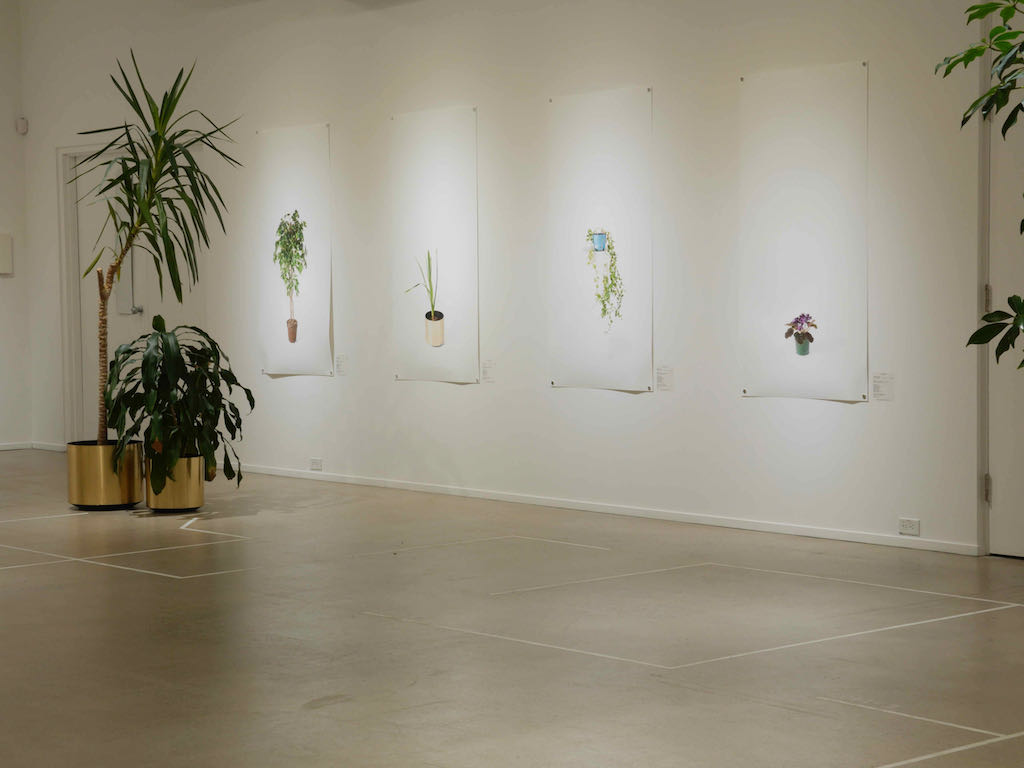
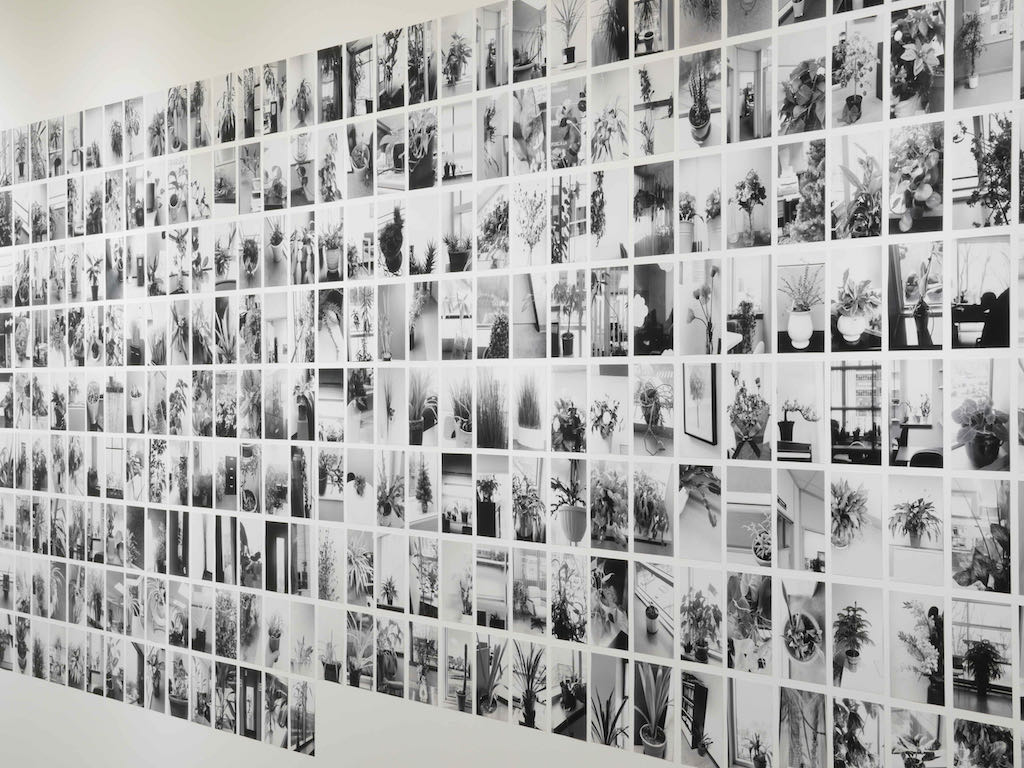
Another component of the exhibition is the recently published Le catalog des plantes de bureau de l’UQO, a book in the form of a report containing the plant cards listed, essays by David Tomas and Marie-Hélène Leblanc, and a series of graphics produced by François Lambert, the botanist collaborating on the project.
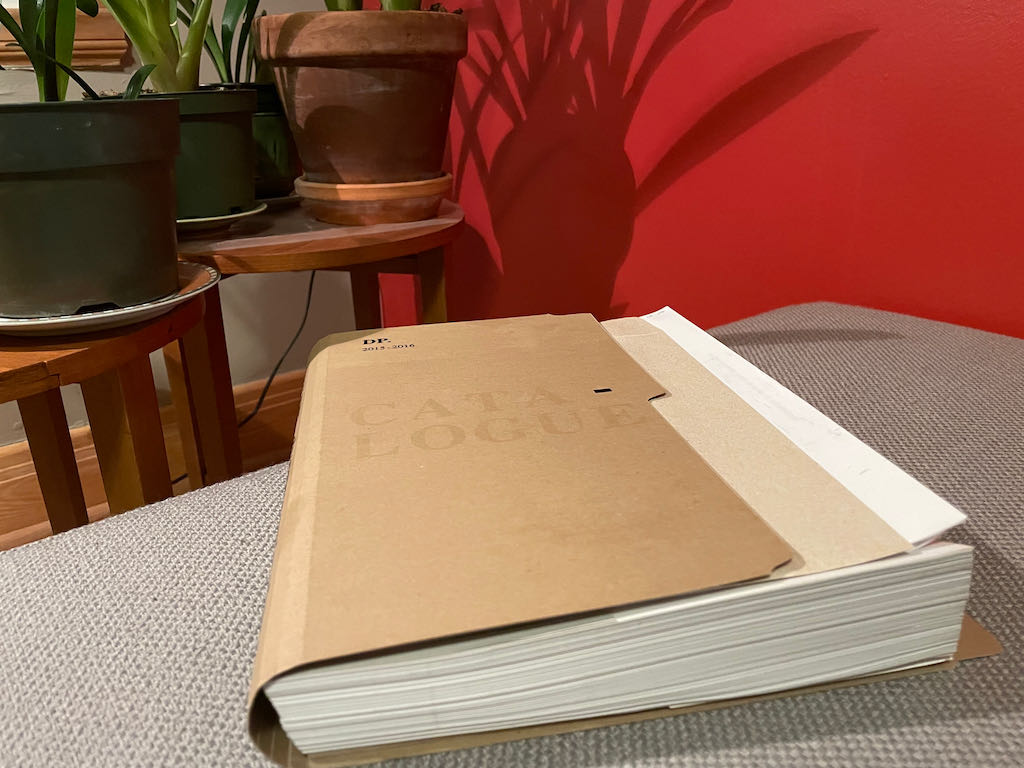
In the spirit of this important project, Catherine Lescarbeau created the installation Terrarium for the Leonard & Bina Ellen Gallery at Concordia University, based on the plants in the institution’s public spaces: lobbies, passageways, dividing walls, window sills and countertops. The SIGHTING cube was then transformed into a display of indoor plants (natural and plastic), as found in natural history museums. On site, a booklet identified each of the specimens and characterized their original living environments, while providing advice on how to care for them as houseplants.
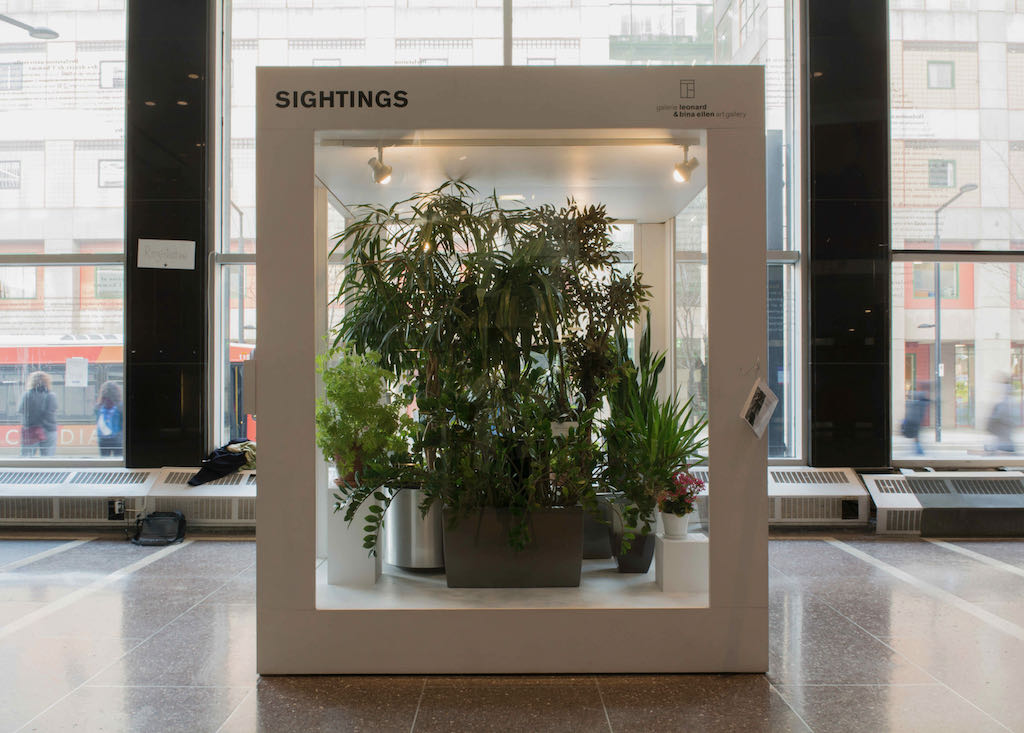
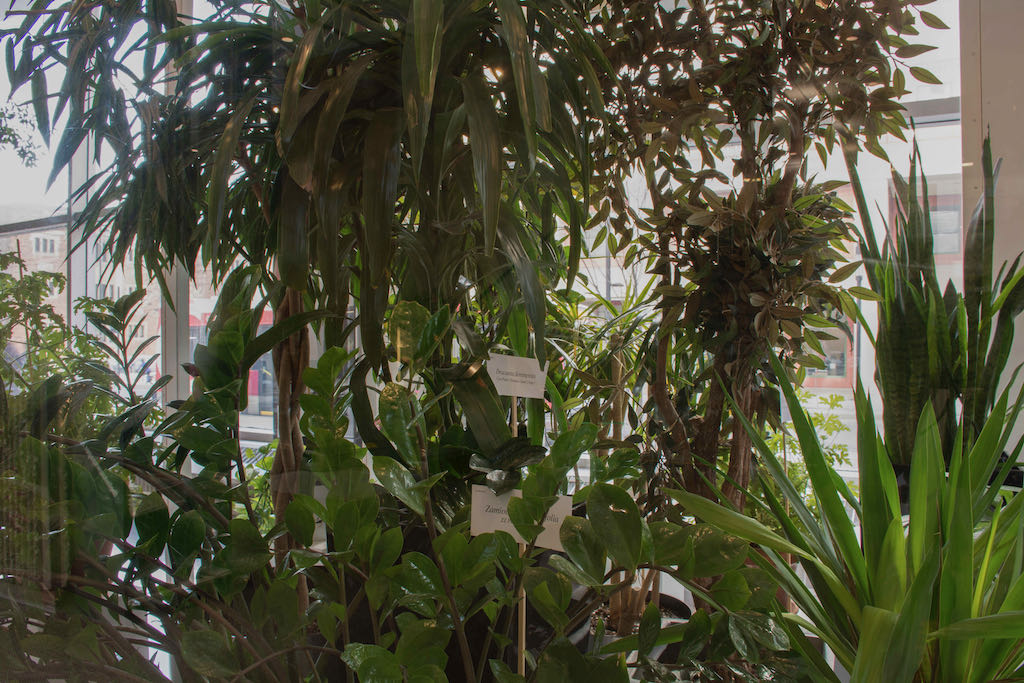
Gallery plants
In both of these projects, Catherine Lescarbeau looks at the organization of academic institutions rather than the art world itself. For the group exhibition Que disent les plantes at the Stewart-Hall Art Gallery, she searches the institution’s archives for houseplants that have been shown in exhibitions since the gallery’s opening. In doing so, she repeats the same method, inspired by the scientific approach and operations of a commercial horticultural consulting service. In addition to identifying them by their scientific name, the label that accompanies them this time presents a photograph of the exhibition where this plant was initially shown, mentioning its title and the date of presentation. The presence of plants here appears to be subject to the same conditions as in other institutional contexts, where the living is subordinated to human occupations.
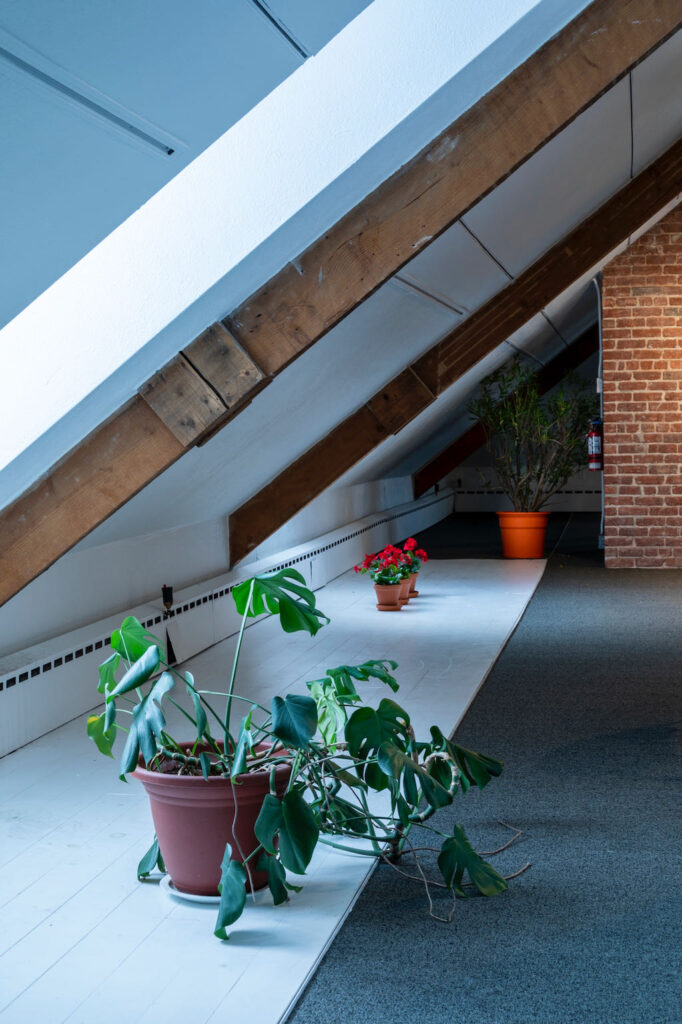
In each iteration of her office plant department, Catherine Lescarbeau also highlights the exotic origin of the plants, most of which are of tropical or sub-tropical origin. She emphasizes the transnational, even transcontinental and colonial exchanges from which these specimens historically originated, although today they are part of a production and marketing chain with local ramifications. While the places where the artist has chosen to host the specimens act as an ecosystem, the plants are displayed like any other product, often subjected to austere, sometimes hostile, living conditions, attesting to a necessary resilience in these contexts that profoundly uproot their qualities as living beings in favor of their status as products.
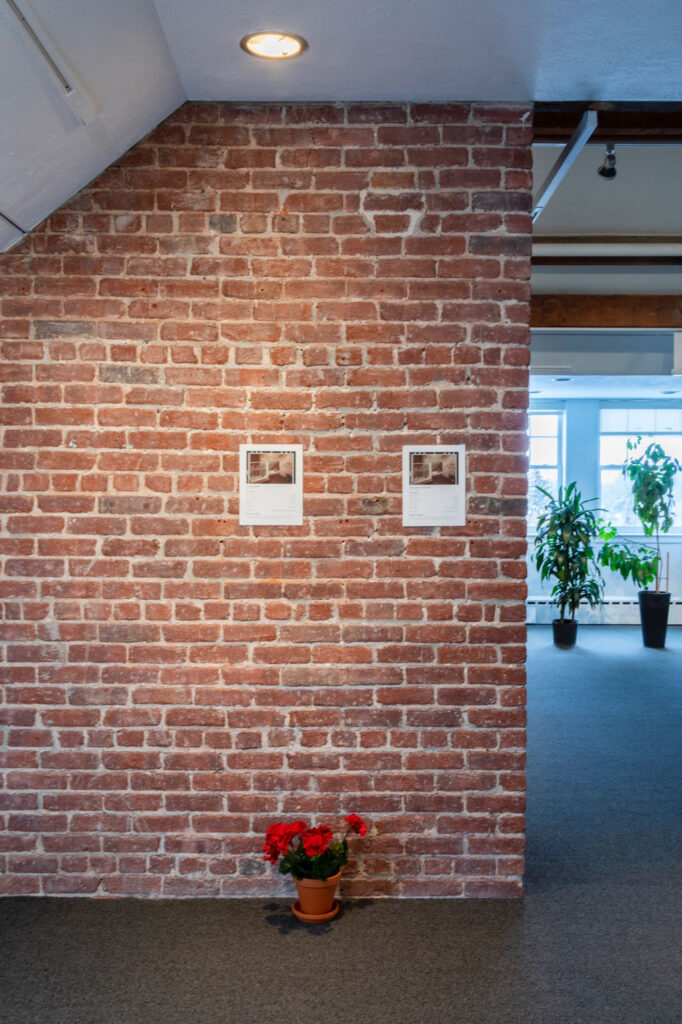
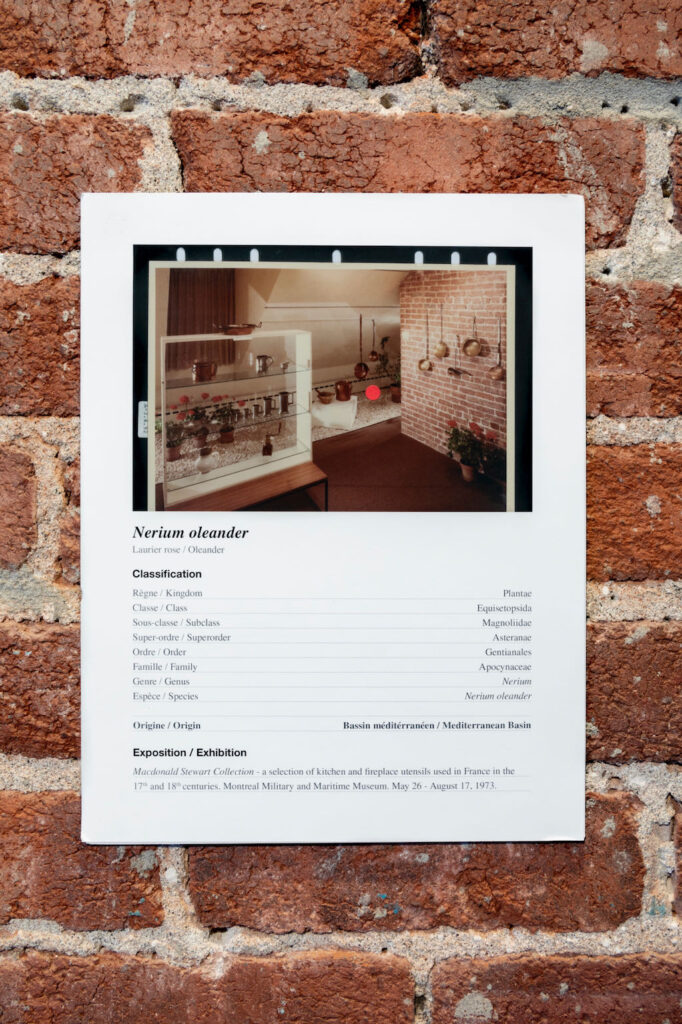
Playing with scientific research protocols and horticultural consulting services, Catherine Lescarbeau makes the presence of plants incongruous, but eloquent with regard to the relationships we have with the interior spaces that are the scene of our daily activities, both as ecosystems and with regard to our links with the living.

